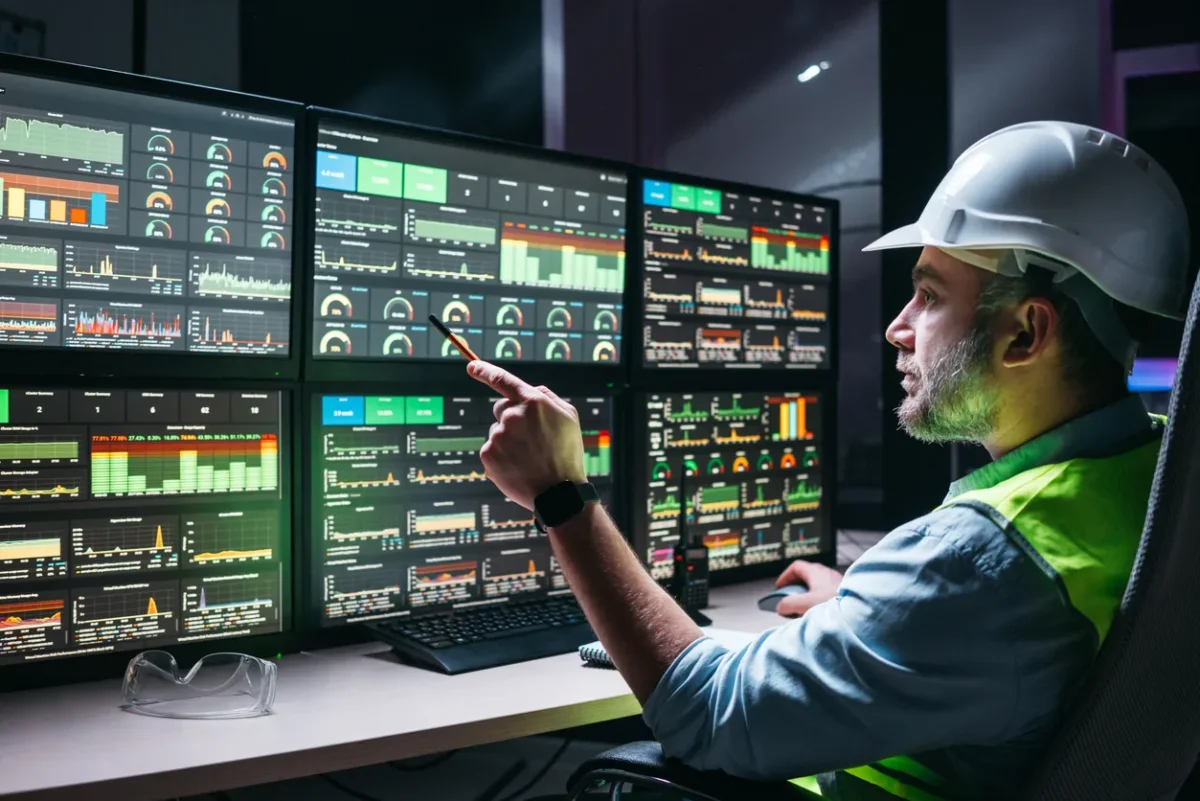
10 office hoteling best practices for workplaces
With an increasingly hybrid workforce, hot desking is becoming hotter than ever. After all, what company wants to pay for underutilized spaces or spaces that aren’t being used at all? But instead of hot desking, consider transforming your workplace into a flexible, well-organized office hoteling space.
We’ve compiled a list of the top 10 office hoteling best practices for a better, more employee-friendly take on workplace flexibility.
Hot desking’s hotter alternative: Hoteling in the workplace
Why is hot desking in the spotlight? Empty space is costly and leaders recognize that the way we use the workplace is evolving. Conventional hot desking strategies were used to help cut down on corporate real estate costs by reducing the amount of wasted office space.
Should you consider office hoteling instead?
Traditionally, hot desking has served as a flexible workspace strategy that was founded on the idea of swapping designated desks for unassigned seating.
This can create anxiety and be problematic because:
- It’s usually on a first-come, first-served basis, which means the early bird gets the best desk.
- Needing to find a desk is one more thing employees have to worry about when they arrive in the morning.
- Since humans are creatures of habit, people often end up sitting at the same desk anyway.
- People like boundaries. Having a designated workspace gives them a sense of control and territory. It’s where they keep their personal belongings and express who they are as individuals through things like photos, plants, and stress-relieving trinkets.
- • Employees have the added concern about spreading germs through sharing desks or sharing a workspace with too many people at once.
To overcome some of hot desking’s downfalls and solve the biggest employee pain points, organizations should challenge the traditional variations on hot desking. Enter office hoteling.
Here’s how to avoid the hassle of hot desking and practical tips on implementing office hoteling in your workplace to create a more comfortable and organized experience.
10 office hoteling best practices for setting up your space
1. Invest in a user-friendly desk booking system.
Because hoteling in the workplace makes it easier to plan their workweek in advance, most employees prefer it to hot desking.
Using desk hoteling software, employees can reserve desks and conference rooms from their mobile devices before even entering the office. This allows employees to reserve desks anytime, anyplace from their mobile phones. They can reserve their space for just a few hours or the entire day using a desk booking app.
2. Create a sense of structure and safety.
Being able to book a desk in advance gives employees the boundaries and sense of individual space they crave without the anxiety and chaos of a hot-desking system.
Just like a hotel, remote, on-site, and contract workers can reserve their desks in advance. That way, the “hotel” — your office — knows when to expect them, and finding a place to work is less of a hassle for your employees. This allows the planning necessary for a smooth check-in.
3. Implement cleaning and sanitization procedures.
By integrating with their facilities maintenance solution, employers can ensure each desk is clean when employees arrive and sanitized after they leave. Office hoteling software also allows team leaders to limit occupancy, monitor density, and ensure there is an appropriate distance between individual workstations.
4. Ensure you have a strong Wi-Fi connection in the workplace.
Employees may be reserving space, searching for their reserved desk, looking for a colleague, or trying to locate the room for their next meeting — and they will be doing so from their phones while they are in the office.
If you’ve implemented employee-facing solutions to help manage hoteling in the workplace, reliable access to Wi-Fi is vital. In addition to being cost-effective and easy to implement, cloud-based office hoteling solutions support an increasingly mobile, on-the-go workforce. By centralizing important space information and ensuring it’s easily accessible to both your in-office and remote workers, everyone can stay connected and informed.
5. Use flexible office furniture throughout your space.
If you don’t already have a flexible workspace, consider lighter furniture and various types of workspace dividers that enable you to transform your layout quickly and easily depending on the number of people in the office and type of activity occurring that day.
6. Provide easy ways to search for spaces and people.
Being able to access an interactive office map means hybrid workers and employees traveling from other offices can easily find their reserved space upon arrival, making them feel less like an outsider.
With the ability to explore critical spatial information such as location and amenities, employees can more easily navigate the office. That helps eliminate wandering and reduce the chances employees will get lost when they’re working onsite.
7. Add smart lockers for secure storage.
While employees may like having a designated workspace to call their own, individual desk assignments can invite clutter and so much personalization that it becomes unprofessional and distracting.
Think about that person whose desk is covered in files, trinkets, stuffed animals, and numerous photos. An office hoteling space eliminates “nesting” while giving employees some of the structure they crave.
Since employees won’t be able to store their things at a desk, consider purchasing lockers where they can keep their personal belongings.
8. Free up space by removing unattended reservations.
When space is limited or in high demand, unattended reservations can quickly become a huge source of frustration for employees. If you’re making the switch to hoteling in the workplace, invest in workplace software that can identify and eliminate unused space bookings.
Require check-in and choose software that will free up space that isn’t actually being used. Using sensor integrations, you can automatically remove unattended reservations.
9. Offer a variety of spaces for various types of work.
At a time when employees are reevaluating their priorities and searching for a better work-life balance, convenience and ease-of-use are critical features of any workplace technology.
For employees to stay productive without getting overwhelmed, they need access to a variety of workspaces. With an employee app that supports hoteling in the workplace, people feel more comfortable knowing they’ll be able to find a place that aligns with the goals of their workday. That way, employees will be ready for all types of work whether that means booking a desk in a quiet area, a phone booth where they can connect with remote colleagues, or a meeting room for team collaboration.
10. Optimize your space and inform your strategies.
Finally, the real estate decision-makers, as well as team leads, will need training on how to use the reservation software’s analytics to better inform those decisions. By investing in desk booking software and dedicating some time to analyze the fluctuating space needs of your office hoteling space, you can create a safer, more productive environment for your employees while positively impacting the bottom line.
Start putting these office hoteling best practices to use
Ready to create a more flexible, adaptable workplace experience — without worrying about high real estate costs or wasted office space? Putting these hoteling best practices to use in your workplace starts with engaging employees in the change management process. Get their input up front, ensure they know what to expect, and implement a feedback loop to understand the adoption of hoteling practices.








